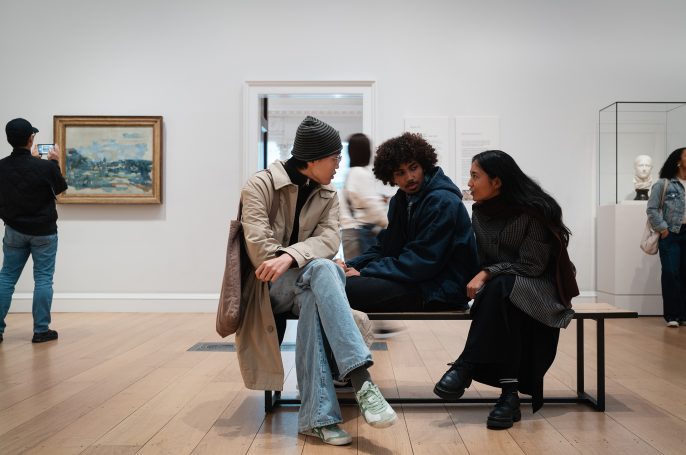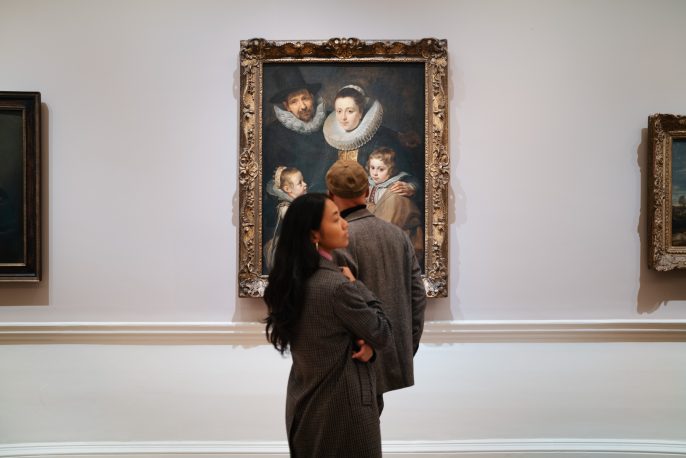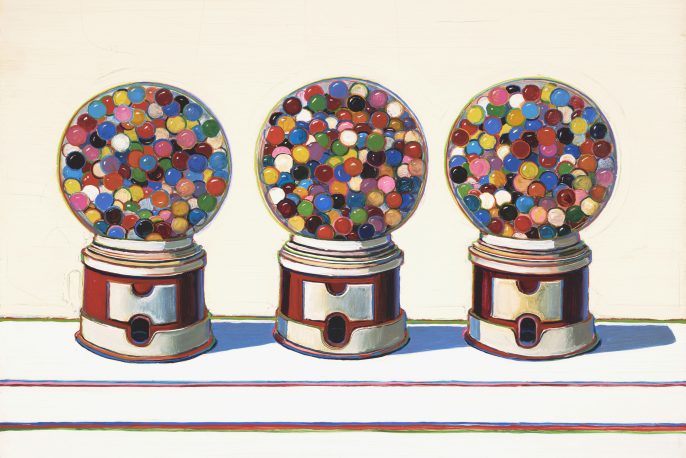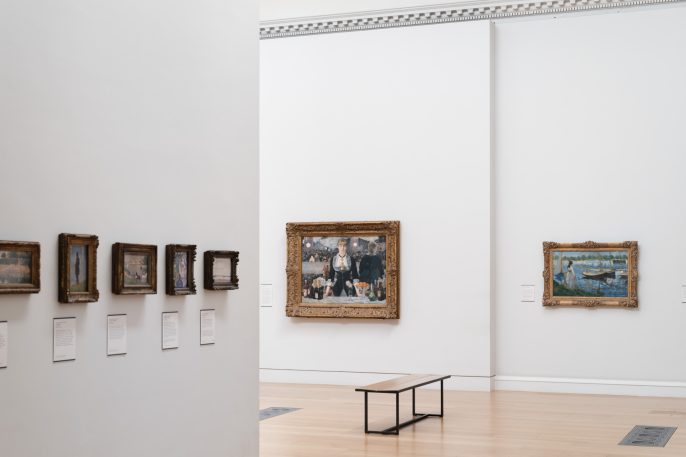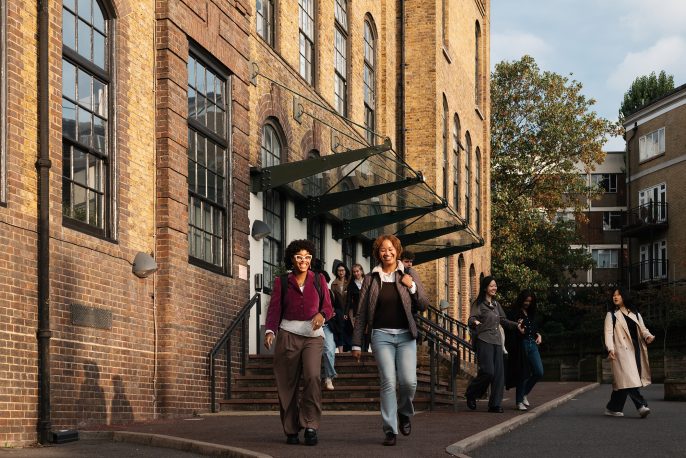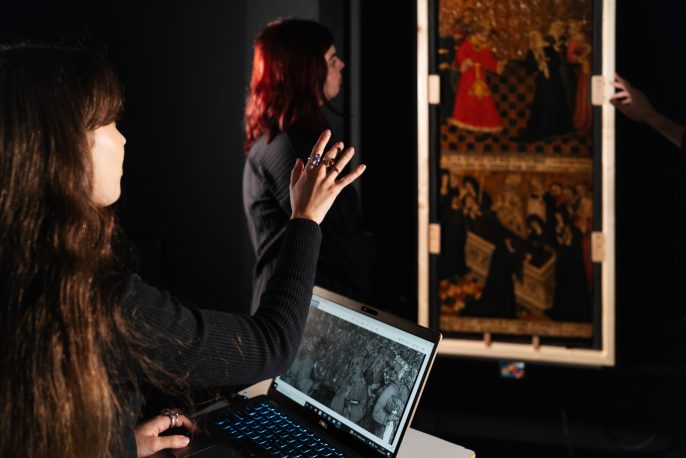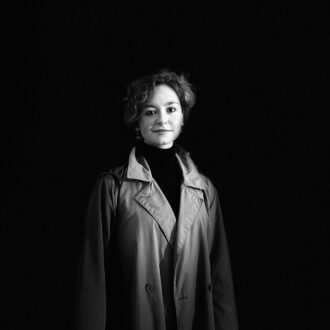Markets for the Macabre: Uncovering New Contexts for the Art of Death in Europe, 1450–1550
Supervisor: Dr Jessica Barker Advisor: Dr Felix Jäger
How were images of death and decay used to make sense of life during a period of social, cultural, religious and political upheaval? My project investigates the extraordinary demand for macabre art in fifteenth- and sixteenth-century Europe. Studies of the art of death are typically confined to sacred spaces and the religious concerns of salvation, humility and funerary ritual. My research, however, will demonstrate the full power of late medieval and early modern engagement with mortality by highlighting a much broader array of macabre art, such as playing cards and rosary beads, used in diverse contexts like the bedroom, the banquet hall and the town square. Although our own period is similarly marked by pandemics, technological revolutions and wars, Western culture now rejects bodily decay. My project challenges contemporary endeavours to defy ageing and death, as I argue that late medieval and early modern Europeans embraced macabre art to enrich and enhance their lives.
Education
2024– PhD History of Art, The Courtauld Institute of Art
2022–2023 MSt History of Art and Visual Culture, University of Oxford (Distinction)
2019–2022 BA History of Art, University College London (First-Class Honours)
Awards and grants
2025 Enhance Research England conference grant
2022 Dean’s List for academic excellence in the Faculty of Social and Historical Sciences, University College London
2022 Humfrey Wine Prize for the highest final-year dissertation mark in History of Art, University College London
Work experience
2024– Prints and Drawings Study Room Assistant, The Courtauld Gallery
2022 Research Assistant for Dr Jacopo Gnisci, co-director of the ITIESE project, University College London
Publications
2025 ‘La Mort à la mode : une Danse macabre en ivoire’, in La Danse macabre des Saints-Innocents : 1425-2025. Sources, contexte, postérité, ed. by Ilona Hans-Collas, Didier Jugan and Danielle Quéruel (Vendôme: Éditions du Cherche-Lune, 2025), 386–404
Talks
2025 ‘Donning Death: Memento Mori Ivories as Fashion Accessories’, British Archaeological Association Postgraduate Conference, online
2025 ‘Death’s Anatomy: Macabre and Diseased Bodies in the Wellcome Apocalypse’, Oxford Medieval Manuscripts Group, University of Oxford
2025 ‘La Mort à la mode : une Danse macabre en ivoire’, 21st International Congress of the Association Danses macabres d’Europe, École du Louvre
2025 ‘Mori male times: Mortality, Medicine and the Macabre in the Wellcome Apocalypse’, International Medieval Congress, University of Leeds
2023 ‘Gargoyles: A French (Re)Invention’, Worcester College History Society, University of Oxford
Other academic activity
2024 ‘Medieval and Renaissance Sculpture’ Summer Course for the Study of the Arts in Flanders
2024– Founding member of the Oxford Medieval Manuscripts Group
2023 Introduction to Medieval Manuscripts at the Institut de Recherche et d’Histoire des Textes, Paris
Research interests
- Late medieval and early modern conceptions of the body
- Associations between the languages of dance, social performance and painting in late medieval and early modern Europe
- Word/image relationships in manuscripts and early printed books
- Visualisations of time and restorations of the past in nineteenth-century literature, art and architecture
